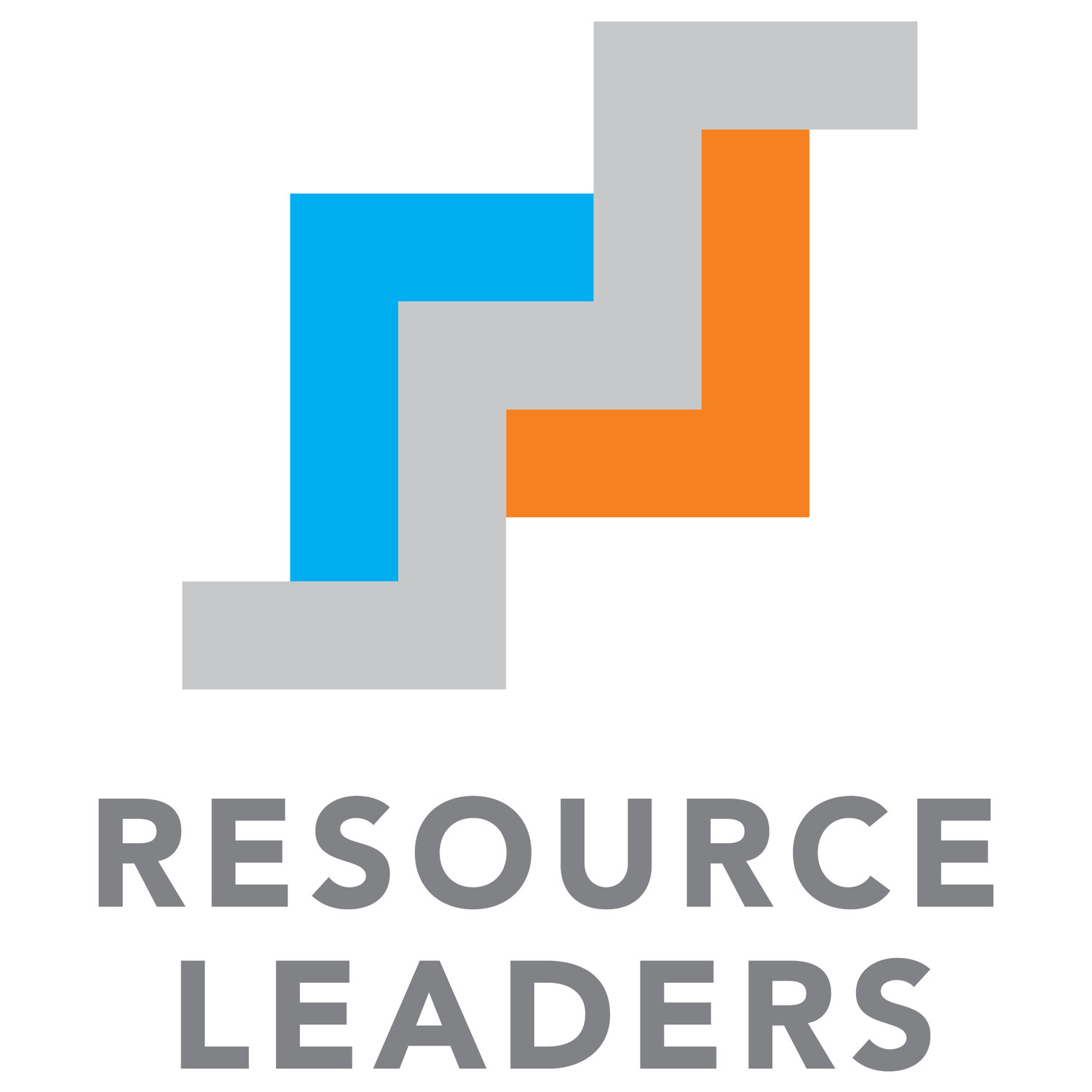Netflix Setting the Trend
Netflix is to be admired for its new policy of allowing new parents (mothers AND fathers) a year of paid leave, without taking disability benefits. It even extends the policy to parents of newly adopted children. Parents can return part-time, full-time, or return and then go back out as needed. This is practically unheard of, here in the States, though the tech industry is one of the leading industries with more generous policies.
Just 1 Developed Country
The U.S., Papua New Guinea and Suriname are the only countries left in the world that do not guarantee paid family leave. According to the Bureau of Labor Statistics, in 2013, only 12% of Americans had access to paid parental leave. Low-wage earners, those in the bottom income quartile, have it much worse: only 5% get any paid maternity leave.
Some US States Showing Leadership
Only California, Massachusetts, New Jersey, Rhode Island and Connecticut have paid maternity leave laws, funded through employee-paid payroll taxes and administered through their respective disability programs.
FMLA Act Doesn't Solve The Issues
The only major U.S. legislation to address these issues is the 1993 Family and Medical Leave Act. Qualifying American parents are guaranteed 12 weeks of family leave in a 12 month period to care for a new child - however, it is unpaid.
And, there's another catch:
To be eligible an employee must:(i) work for a firm with 50 employees or more within 75 miles of the employee’s work-site; (ii) have 12 months of tenure with this firm; and (iii) have 1,250 hours of service in the past year (about 24 hours per week). According to a survey done in 2012 of 1,812 work-sites and 2,852 employees about experiences with family and medical leave, only 59% of all employees meet these criteria.
In California, where paid family leave exists, low-income moms nearly doubled their maternity leaves since paid leave was instituted. But after the maternity leaves end, mothers of small children in California both work more and earn more than they previously did.
Women's Labor Force Participation Fallen In The U.S.
According to a study by economists Francine D. Blau and Lawrence M. Kahn, in 1990, the US had the sixth highest female labor participation rate among 22 OECD countries. By 2010, its rank had fallen to 17th.
A 2014 New York Times/CBS News/Kaiser Family Foundation poll of nonworking adults aged 25 to 54 in the United States found 26% were homemakers with the ability to work, but 84% of this group said that they were unable to work due to family responsibilities.
Good For The Employees
Economist Christopher J. Ruhm lays out a model in his paper titled 'The Economic Consequences of Parental Leave Mandates: Lessons from Europe' to show how parental leave affects labor demand and labor supply. According to the study, leave policies would mean that more workers likely to take leave will choose to be in the labor market, relative to workers less likely to take leave. And in reality, that actually seems logical, even without an economic model. If new parents are guaranteed pay and job security during the parental leave, most would usually desire to get back to work at their original company, after the required period, except for emergencies or a decision to be a stay-at-home parent.
And obviously, the bonding that is needed between the parent and the baby during this period is critical for both of them.
According to a study by the National Partnership for Women and Families using data recorded between 1997-2009, women who take paid leave after giving birth are “more likely to be working 9 to 12 months after a child’s birth than are those who report taking no leave at all”. And women who “report leaves of 30 or more days are 54% more likely to report wage increases in the year following the child’s birth than are women who take no leave at all.”
Good For The Businesses
Businesses are usually concerned that paid leave programs will be too costly to maintain. But the report 'Employer and Worker Experiences with Paid Family Leave in California' finds that "The business community’s concerns prior to passage of the Paid Family Leave legislation, that it would impose extensive new costs on employers and involve a particularly serious burden for small businesses, were unfounded. After more than five years’ experience with PFL, the vast majority of employers reported that it has had minimal (negative) impact on their business operations."
So its good for businesses, its good for the employees and its good for the economy.
Netflix has passed the baton - who will pick it up next?

